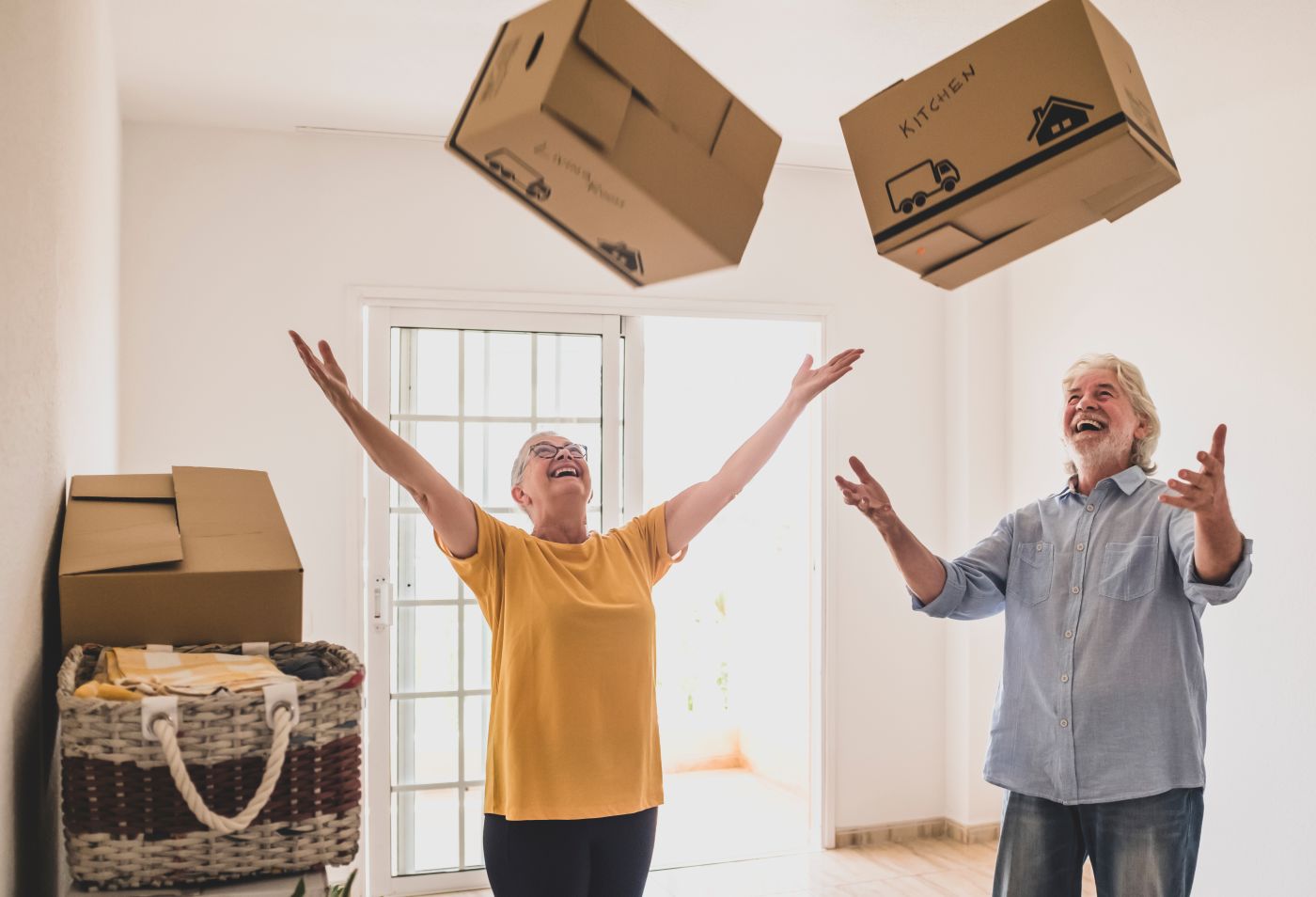
HOW SWEDISH DEATH CLEANING CAN BENEFIT YOUR ESTATE PLAN
Most Americans would probably admit that they own too many things. From clothes to electronics and collectibles, how much stuff is too much?
On occasion, we may commit to decluttering, only to get overwhelmed or distracted. Meanwhile, the stuff keeps piling up. But at some point, it is necessary to deal with everything we have accumulated.
If you don't declutter your house, somebody else will have to do it when you die. This is part of the thinking behind Swedish death cleaning, a morbid-sounding practice that is actually quite liberating, both for ourselves and our loved ones.
The Psychology of Materialism
The average American home contains 300,000 items. By any measure, that is a lot of stuff. These things that we own can end up owning us.
Research shows that buying more stuff doesn't make us happy. The opposite appears to be true. A series of experiments by psychology professor Tim Kasser found that materialism is negatively correlated with well-being. Research also shows that 84% of Americans worry that their homes aren't organized or clean enough. And 55% of them say the clutter is a major cause of stress.
In the short term, shopping delivers a dopamine hit that conditions us to want more. But in the long term, it can make us feel worse.
To keep the things we own from owning us, we need to use discipline to help overcome our base desires.
Minimalism, Tidying Up, and Death Cleaning
Counterbalancing the American tendency toward materialism is the minimalist lifestyle trend. Minimalism dates back to an avant-garde art movement that began in 1960s New York. As a way of life, minimalism emphasizes living with less and being happy with what you already have.
Minimalist living went mainstream with the 2010 publication of Marie Kondo’s bestselling book, The Life-Changing Magic of Tidying Up. It produced the KonMari method of inventorying all of one’s belongings and then keeping only those things that “spark joy.”
The successors of the minimalist movement can be seen in Americans embracing tiny homes, van life, and spending money on good times, not stuff.
Retirees and pre-retirees are the target of the latest chapter in minimalism: Swedish death cleaning. A popular concept in Swedish and Scandinavian culture, Swedish death cleaning was introduced to an American audience with the 2017 release of The Gentle Art of Swedish Death Cleaning: How to Free Yourself and Your Family from a Lifetime of Clutter.
In the book, author Margareta Magnusson urges those 65 and older to take part in the practice. It comes from the Swedish word döstädning, a combination of dö (death) and standing (cleaning). “Visit storage areas and start pulling out what’s there,” Magnusson writes in the book. “Who do you think will take care of all that when you are no longer here?”
The Benefits of Swedish Death Cleaning
The primary goal of Swedish death cleaning is to spare loved ones the burden of clearing out our stuff when we die.
Magnusson recommends categorizing possessions by those you can easily get rid of (such as clothes you no longer wear, unwanted gifts, and excess kitchen items) and those you might want to keep (like old letters, photographs, and your children’s artwork). You might consider starting in the attic or basement, where excess items tend to accumulate. Start with belongings you don't have an emotional attachment to and move from large items to small items.
Magnusson doesn't emphasize a rigorous approach or definitive checklist. She encourages readers to develop their own methods and focus on personal goals. It is a highly personal exercise that is intended to be uplifting rather than daunting.
Throughout the book, she reiterates the personal benefits of death cleaning. She calls it a “permanent form of organization that makes your everyday life run more smoothly.” And she adds that you might even find the process itself enjoyable. “It is a delight to go through things and remember their worth,” Magnusson writes.
Your loved ones may be confused about what you're doing. But according to Magnusson, death cleaning is an important reminder about the impermanent nature of all things, ourselves included. “We must all talk about death,” she writes. “If it’s too hard to address, then death cleaning can be a way to start the conversation.”
There might also be items your friends and family would rather inherit than see you get rid of. For example, a toy chest from childhood. Inviting them to take part in your decluttering journey could make the process go smoother. Together, you can sort through things and reflect on the memories they spark. If they want something, let them have it. Along the way, they may develop an appreciation for minimalism and decluttering. They might even decide to undertake their own death cleaning and receive a wellness boost that becomes part of your legacy.
Swedish Death Cleaning and Estate Planning
Estate planning, like death cleaning, makes life easier for our loved ones after we die. An estate plan leaves nothing to chance. It creates a written record of your final wishes and eliminates questions about what you would have wanted.
Death cleaning is your personal journey. But we can help you create an estate plan that simplifies asset disposition for your heirs and gives you peace of mind. To get your plans in order, schedule a meeting with our attorneys at 614-389-9711.